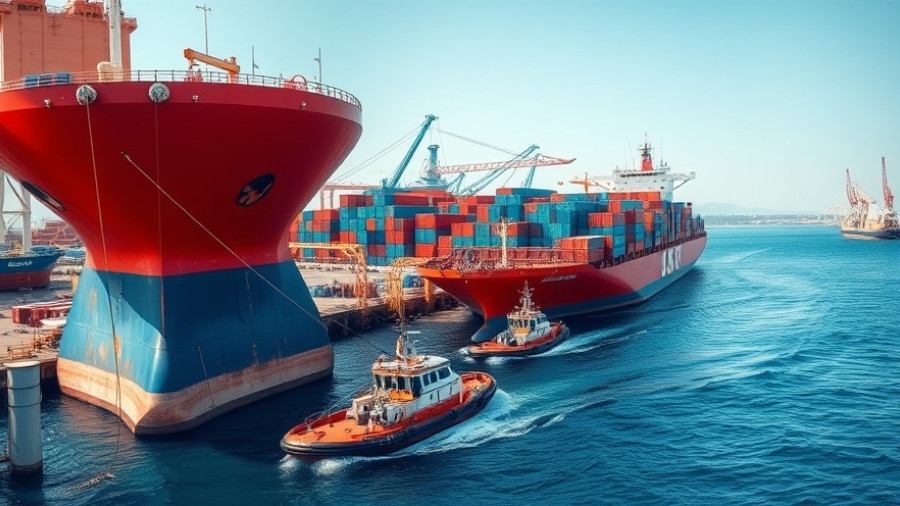
ASL Marine Secures $100 Million in Chartering and Vessel Sales
ASL Marine Holdings, a key player in the maritime industry, is making waves with recent contracts that could reshape its operational landscape. Through its wholly-owned subsidiary, ASL Offshore & Marine, the company has secured chartering contracts worth a formidable $63.1 million and finalized vessel sale agreements totaling $42.3 million. These moves mark a significant step in ASL Marine's strategy to optimize its fleet and enhance its capabilities.
Supporting Infrastructure Projects in Singapore
The chartering contracts, spanning approximately two years, involve diverse types of vessels, including tugs, workboats, crane barges, cargo barges, hopper barges, and grab dredgers. Each vessel plays a crucial role in supporting marine infrastructure projects in Singapore, showcasing ASL Marine’s commitment to contributing to the region’s development. This strategic endeavor aligns with Singapore’s growing focus on enhancing its maritime infrastructure, fostering economic growth, and strengthening its global trade connections.
The Fleet Optimization Strategy
Interestingly, the vessel sale agreements are part of ASL Marine's broader asset divestment strategy aimed at streamlining its fleet and accelerating deleveraging efforts. By offloading older or less efficient assets, ASL Marine can better align its fleet with market demands and technological advancements. This strategic pivot reflects a growing trend in the maritime sector where companies are not just expanding but also refining their operations to respond dynamically to market changes.
Common Misconceptions About Vessel Sales
Many may view vessel sales as an indicator of financial instability or a sign of contractual failure. However, the reality is more nuanced. For companies like ASL Marine, selling vessels can actually represent strength in fleet management and a proactive response to an evolving marketplace. It is an opportunity to invest in newer, more efficient vessels that can operate at a lower cost while adhering to stricter environmental regulations, ultimately enhancing sustainability in maritime operations.
Future Trends in Chartering and Vessel Management
With these changes, industry observers are witnessing a shift in how maritime companies view their assets. The future likely holds more flexible arrangements in chartering contracts and collaboration with other sectors to optimize resource utilization. ASL Marine’s initiatives could inspire similar moves across the industry, particularly as the global maritime landscape continues to evolve amidst challenges like climatic changes and technological innovations.
Conclusion: A Step Forward for ASL Marine
ASL Marine's commitment to securing substantial contracts while executing strategic vessel sales underlines its intent to remain competitive in a rapidly changing maritime environment. As they streamline their operations and focus on core competencies, stakeholders can expect a more resilient and agile company ready to tackle future challenges head-on. With a robust outlook and a keen eye on market trends, the company is poised for sustained growth.
 Add Row
Add Row  Add
Add 




Write A Comment